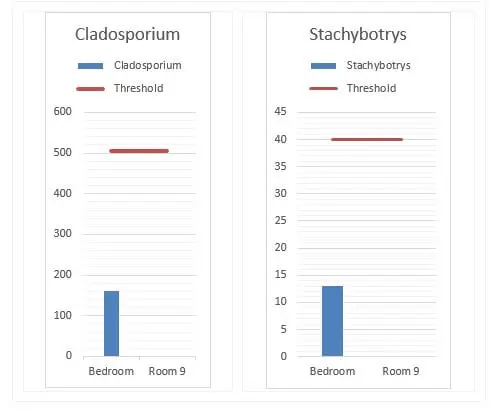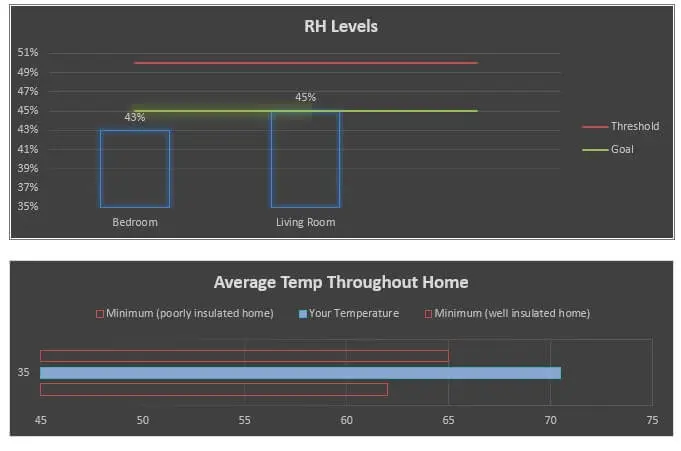Lynnwood Crawl Space Mold Inspection Reports
Below are recent inspections of crawl space mold issues we’ve performed in Lynnwood.
Project Type > Crawl Space Mold and Odor Inspection in Lynnwood
PROJECT SUMMARY
REASON FOR INSPECTION:
- Odors are present in a bedroom and bathroom in the home.
PROPERTY DESCRIPTION:
- This single family residential property was built in 1990 and is 1,800 ft².
LABORATORY RESULTS
ANALYSIS OF YOUR RESULTS:
- No Amplification: No mold spores were measured at levels equal to or above the threshold, and do not indicate a site of probable mold amplification and growth. Please refer to the attached report for more detailed information.
JOBSITE PHOTOS
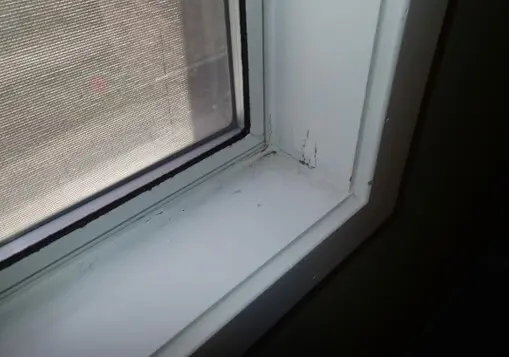
Water damage on the window caused by condensation.
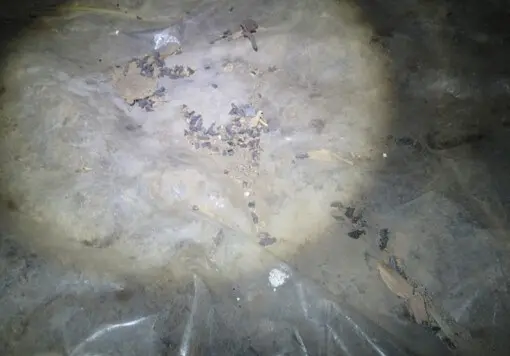
Evidence of rodents in the crawlspace.
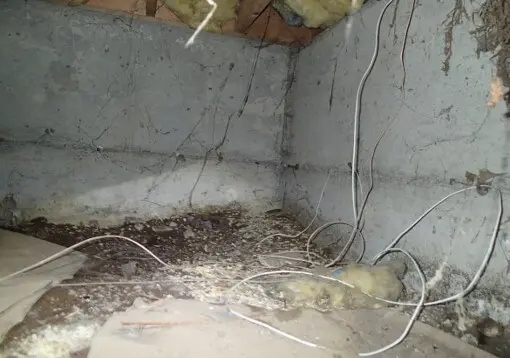
Small areas of vapor barrier missing in the crawlspace.
RELATIVE HUMIDITY & TEMPERATURE READINGS:
CO2 READINGS:
LOCATION: Bedroom of Concern
OBSERVATIONS:
- A strong odor of urine was noted in this room. Items that may be contributing to the odor in this bedroom and bathroom:
- The vapor barrier in the crawlspace may be contributing.
- A blocked plumbing vent in the hall bathroom may be contributing.
- Previous pets in the home prior to home purchase may have left urine damage.
- The most likely cause is a young boy age 6 who occupies this bedroom. Consider that he may not be making it to the bathroom or even may be sleepwalking to this corner.
- It is possible that rodents in the crawlspace could be the source of the odor.
- All of the above listed items are minor and may not be causing the odors alone. It may be possible that multiple conditions are causing the odor.
- Try relocating him to another room in the home temporarily and observe if the conditions change. This effort would require that the carpets be cleaned first, using a hot water extraction method and ensuring the carpets dry quickly with the use of powerful carpet fans.
- The room is equipped with double paned metal framed windows with past evidence of heavy condensation and moderate mold growth.
- The room is furnished with carpeting in average condition.
Recommendations:
- Discovering the source of odors is notoriously difficult. Many factors can play into the creation of an odor and often, only through the process of elimination can they be discovered. Odors are chemical in nature and therefore are not always diagnosed through standard indoor air quality analysis. While Environix will make every effort to aide in the process of discovery, we cannot guarantee the discovery of the source. If an offending odor’s source is proving difficult to trace, it is recommended to begin a written journal to document times, dates, location, strength of odor and other items that may allow you to determine patterns. Pay attention to items such as weather, wind direction, time of day, recent events, performed tasks or items recently used. Over time you will hopefully begin recognizing patterns in these entries and will allow you to begin narrowing down your search for the odor’s source. Odors are often triggered by either heat or a substrate’s exposure to moisture. Environix also recommends the systematic removal of contents from the affected room to determine if a particular item is causing the odor.
CRAWLSPACE OBSERVATIONS
MOISTURE:
- Wet soil noted in portions of the crawlspace. Wet soil increases the humidity in the crawlspace and creates conditions conducive to mold growth.
AIR SEALING:
- Could be improved. Air sealing is present in some areas, but opportunities for improvement exist.
Recommendations:
- Consider air sealing all major subfloor penetrations.
VAPOR BARRIER:
- Missing in small areas – Vapor barrier is installed correctly in the majority of the crawlspace. However, in several small portions the vapor barrier is missing or installed incorrectly. The areas of exposed soil can foster mold growth and transmit moisture into the crawlspace and subsequently, the home.
- Possibly contributing to odor problems in home.
Recommendations:
- Consider replacing vapor barrier.
OTHER CONTAMINATION:
- Rodents – Evidence of past or present rodent infestation was noted. This requires the removal and replacement of all contaminated building materials. Contaminated insulation and vapor barrier may harbor bacteria, parasites and odors due to rodent feces, urine, and other associated debris
Recommendations:
- A pest control specialist is necessary to provide a plan to resolve the current infestation and prevent future pest infestations.


